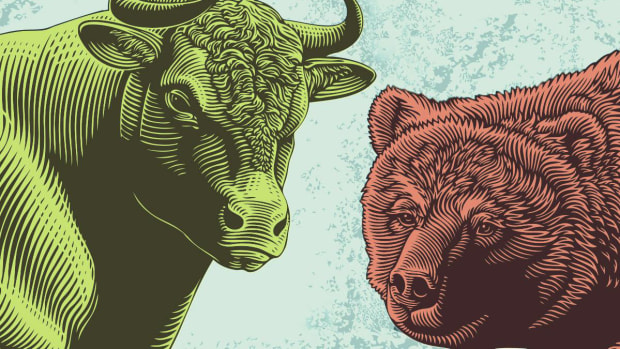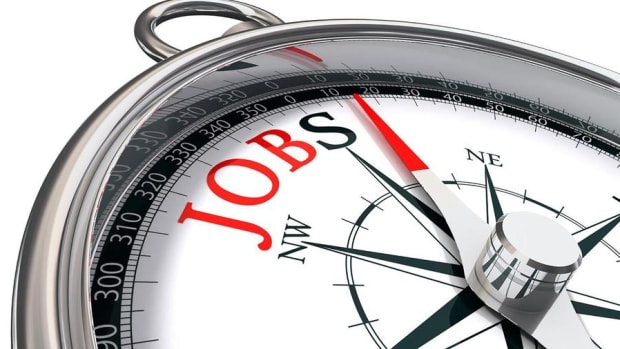Consumer Holiday Shopping Plans Impacted By Inflation
High inflation rates are impacting consumer shopping habits for the holiday season.
At least 40% of shoppers said they will change how they shop for the upcoming holiday season, a new Bankrate survey revealed. The higher inflation rates have already impacted their budgets for energy, food and housing
The Consumer Price Index was unchanged in July, but rose by 8.5% over the year. Gasoline prices declined by 7.7% in July, offsetting an 10.9% increase in food prices from July 2021 to July 2022 while housing rose by 5.7% over the last 12 months.
Winter holiday shoppers begin their shopping for Christmas by Halloween and at least 50% said they will start hunting for bargains and deals by the end of October.
Consumers who plan to shop for the holidays this fall and winter said inflation plays a major factor in how they are shopping. At least 45% of people who earn under $50,000 in annual household income said inflation is changing their shopping habit while 41% of shoppers who earn between $50,000 and $79,999 said they agreed with the sentiment.
Only 33% of people whose salary is between $80,000 and $99,999 and 34% who earn $100,000 or more said their shopping behavior would change.
“Holiday shopping will look different this year with inflation around 40-year highs,” said Ted Rossman, a senior industry analyst for Bankrate.com. “Consumers are still spending, but they’re being especially thoughtful about where each dollar goes.’
How Consumers Are Shopping
Higher inflation rates means that 95% of holiday shoppers who said it will impact their shopping plans said they are planning to use a money-saving strategy such as waiting for deals compared to 77% who are not making changes due to inflation.
Shoppers who are concerned with inflation are either spending less or waiting for sales -- 59% of consumers plan to simply purchase fewer items while 52% will buy gifts when there are coupons, discounts or sales.
The majority of 84% of holiday shoppers said they are planning to cut back and save money with 41% who will use coupons, sales, and discounts, 40% who are purchasing fewer items and 27% who are going to start shopping earlier.
One in five shoppers or 21% will buy cheaper brands while 17% plan to use credit card rewards to offset costs and 17% will buy at stores where they have loyalty accounts or store-specific cards.
Consumers who have a plan and are shopping by next month are able to manage their money and budget better, he said.
“I think starting your holiday shopping early is a good strategy because it gives you more time to research the best deals and spread out your cash flow,” Rossman said. “I’m also a big fan of stacking discounts such as rewards credit cards, online shopping portals and store coupons.”
About three in four people plan to purchase gifts during the holiday season with 14% starting in September, 25% in October, 38% in November and 12% waiting until December.
Holiday shopping is often a stressful time for consumers, especially for the 65% who do not plan on having a chunk of money allocated for gifts. The purchases made for the holidays will add stress to 27% of shoppers’ budgets.
Nearly one in three shoppers or 27% plan to rack up more debt for these purchases with 21% who will use a credit card and 10% who will use a buy now, pay later service.
The majority or 54% of shoppers plan to use credit cards with only 38% who plan to pay off balances in full and 21% in multiple billing cycles.
Half of shoppers will use debit cards, 43% cash, 10% buy now, pay later services and 7% will write checks - consumers were able to choose more than one answer.
The survey’s sample size was 2,415 adults, including 1,813 winter holiday shoppers and interviews were conducted between Aug. 17-19.
Lower gasoline prices have boosted consumer sentiment and spending, especially during summer, which is a busy travel season.
The national average continues its decline and is down by 81 cents a gallon during the last week, said Patrick De Haan, head of petroleum analysis, GasBuddy, a Boston-based provider of retail fuel pricing information and data. The average gas price has fallen to $3.737 per gallon, down $1.30 since mid-June as of Sept. 7.
“We're approaching 1 in 10 stations at $2.99 -- right now the bottom 10% are $3.06 and falling,” he said.
In the U.S., there are 41 states where average gasoline prices are $3 to $3.99 along with seven states where average gas prices are $4 to $4.99 and two states where average gas prices are above $5.
Consumer Spending Could Fall
Rising interest rates, high inflation rates, easing job growth and reduced disposable income will result in a drag on consumer spending, said Gregory Daco, chief economist for EY. These factors are problematic with the impending recession.
“We continue to anticipate the US economy will experience a recession toward year-end with GDP growth averaging around 1.4% this year and slowing to around 0.4% in 2023,” he said.
“Factoring the robust jobs report, cooler consumer spending and softer sequential core inflation momentum in July, we anticipate a 50 basis points federal funds rate increase in September and a 25 basis points rate hike in each of November and December,” Daco said.
As inflation remains persistent and volatile, prices for energy and food could remain higher, he said.
“The supply and demand imbalance on the energy front, stemming from geopolitical tensions and climate change, is unlikely to be resolved any time soon, and risks to energy, commodities and food price inflation will be likely tilted to the upside,” ” Daco said.
Consumer confidence rebounded to its highest level since May due to the decline in gasoline prices, but spending has impacted the amount of savings Americans have accrued.
“The strength in spending despite the lack of disposable income growth has been facilitated by consumers stretching to continue to spend," Tim Quinlan, senior economist, and Shannon Seery, an economist at Wells Fargo Securities, wrote in an Aug. 30 research note. "At times that has been detrimental to household balance sheets.”
The savings rate in the U.S. continues to fall. Consumers lowered their saving rate from 9.5% at this time in 2021 to just 5% in July.
“There has also been a significant accumulation in credit card borrowing that has lifted revolving debt to a new record high,” Quinlan and Seery said.






